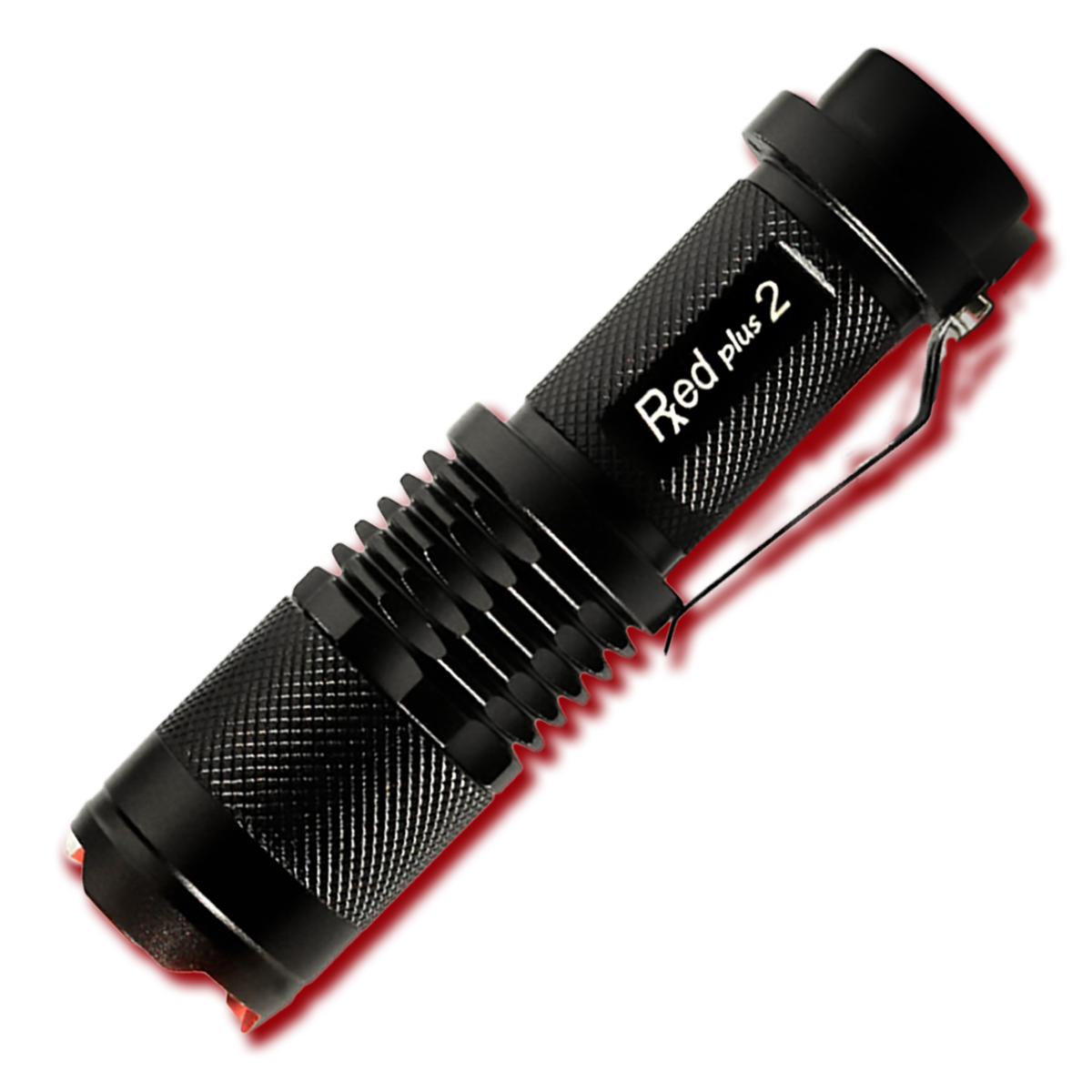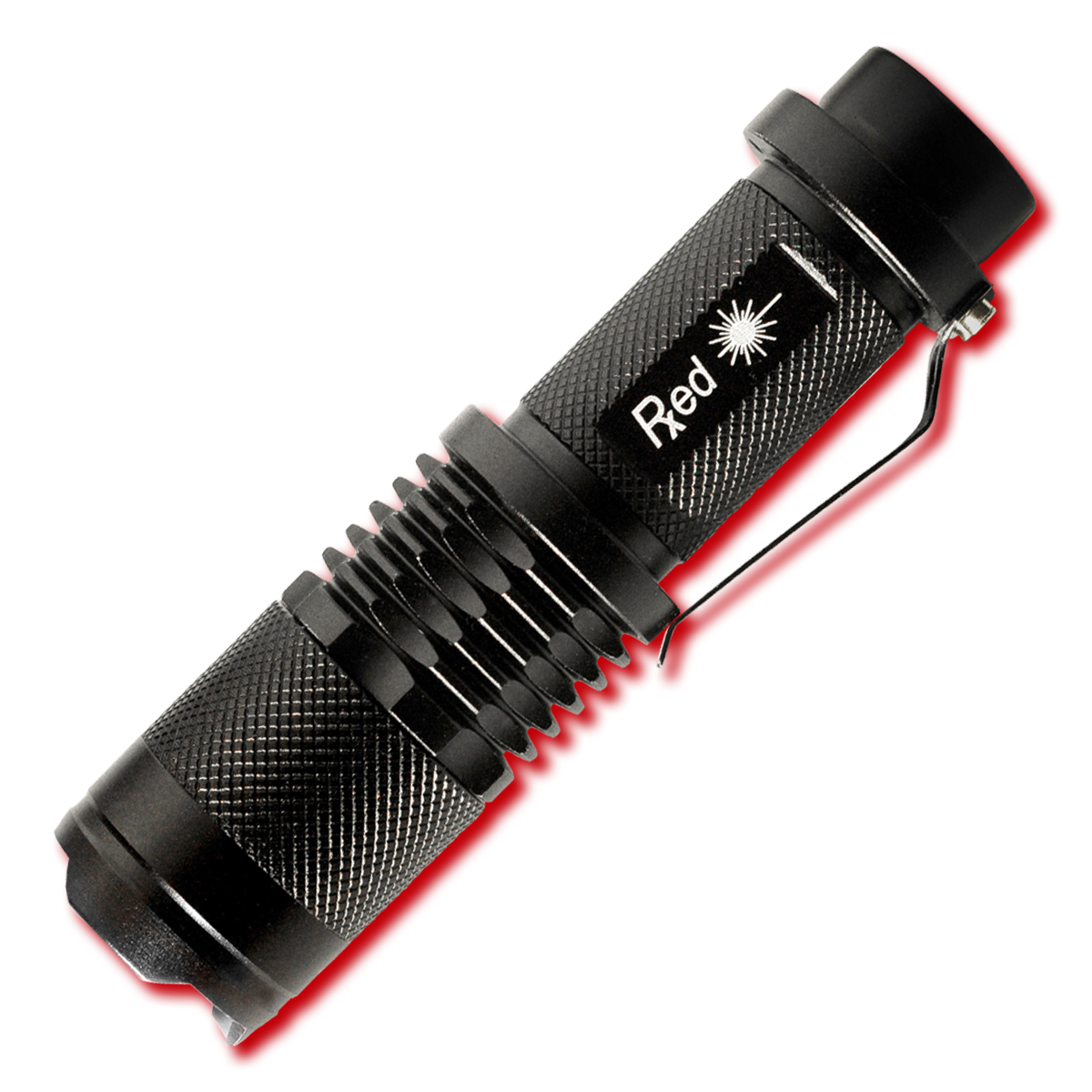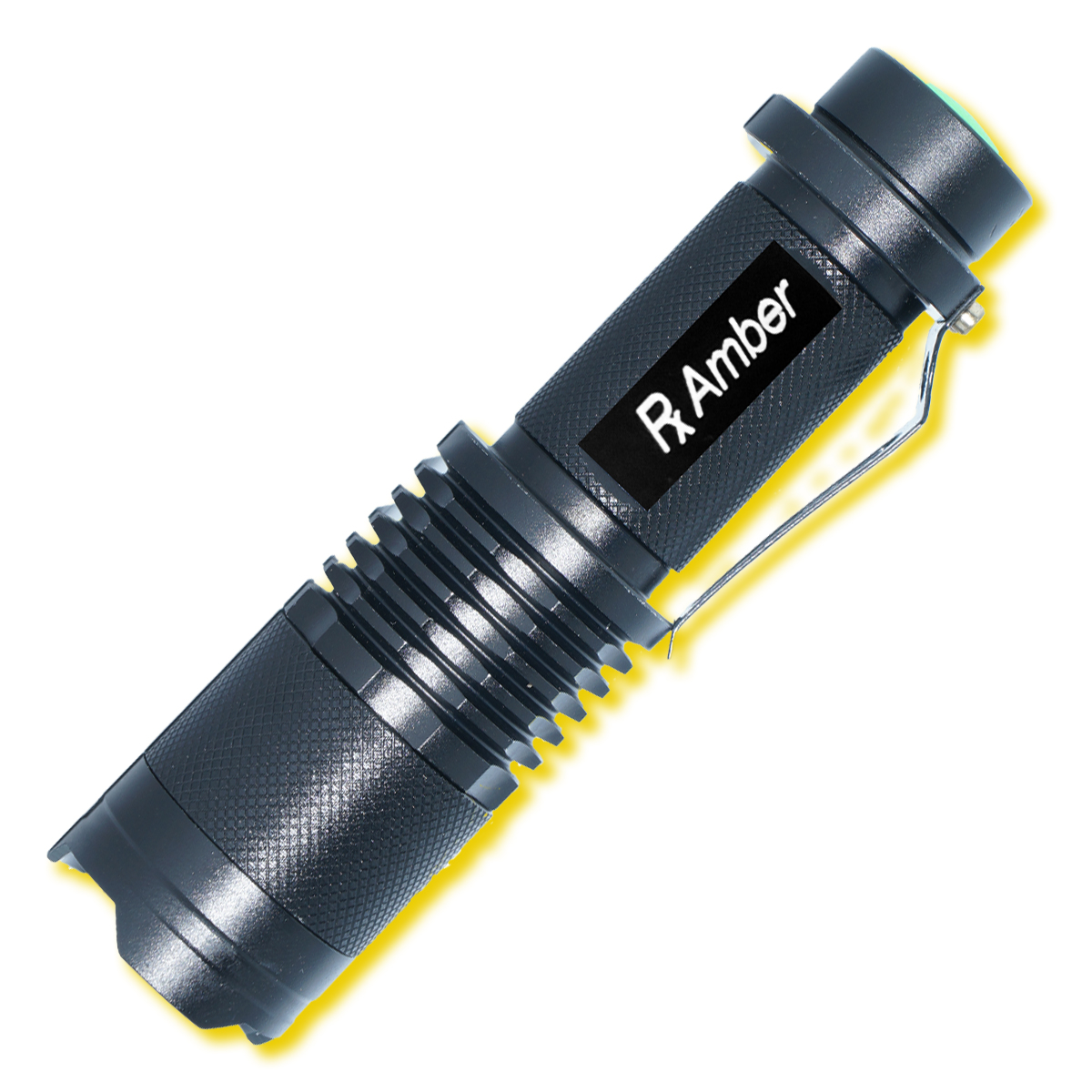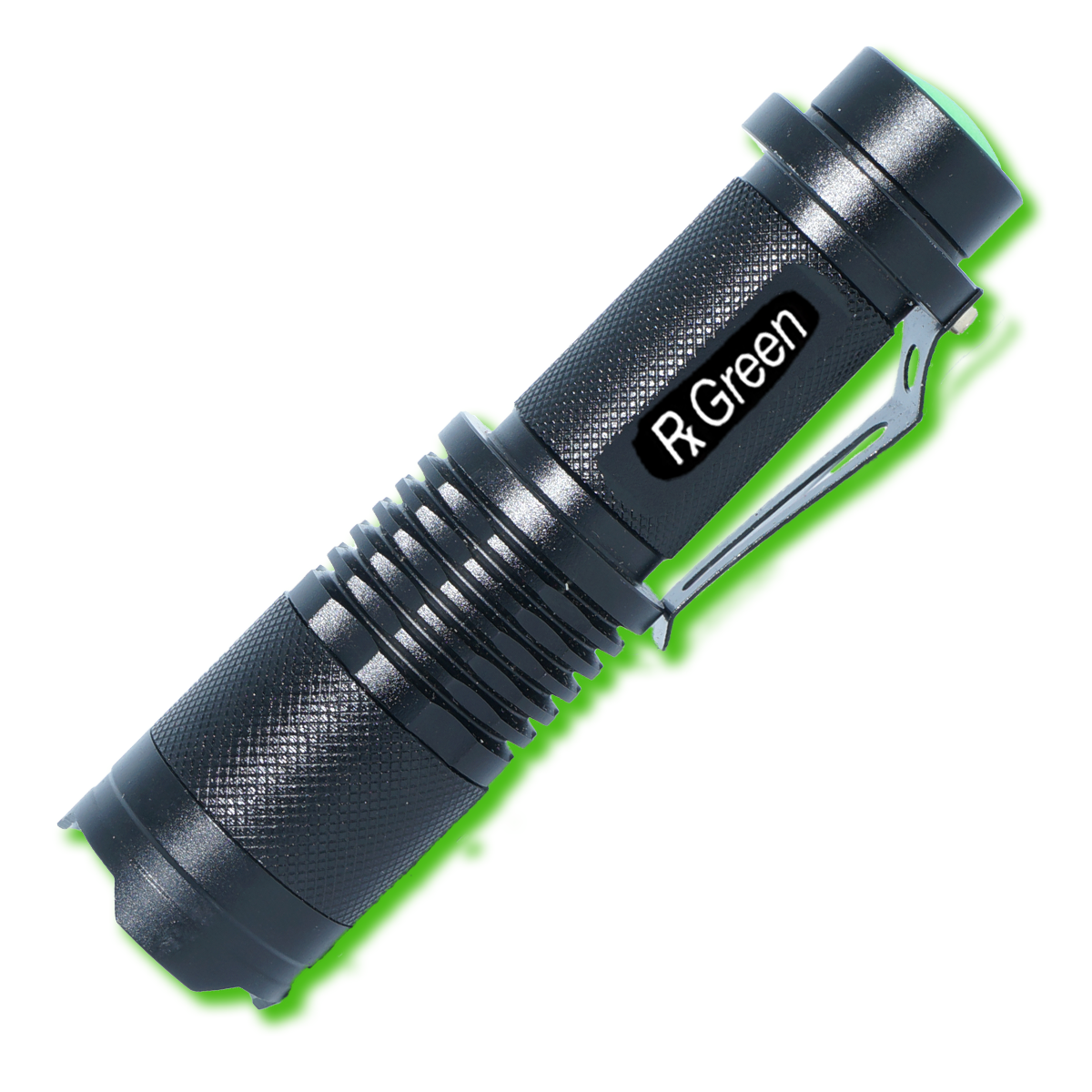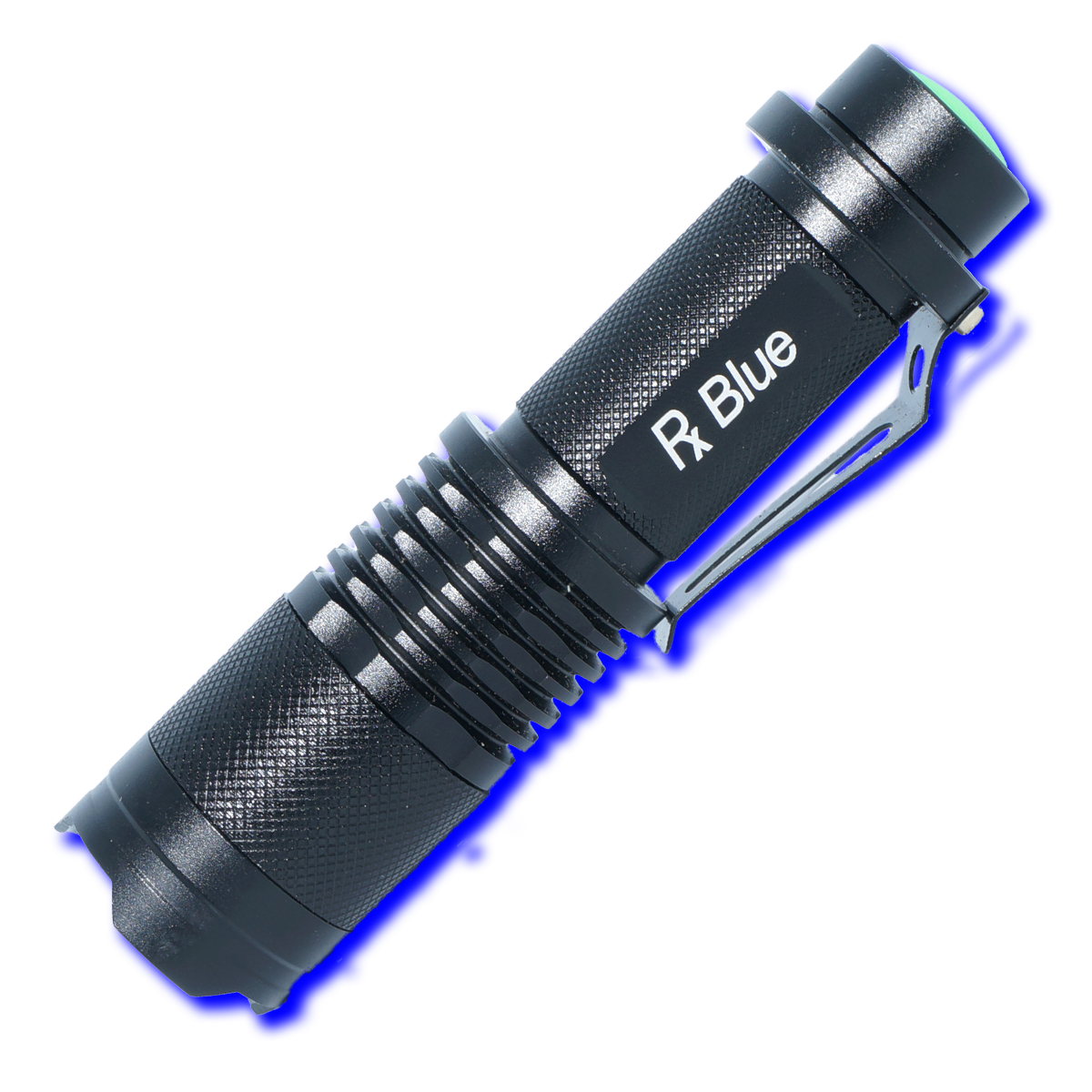What do you think of when you hear the term “Cellular Respiration”?
Do our cells really breathe? What exactly is Cellular Respiration, and what is Light Therapy’s role in it?
The mechanism by which Light Therapy (aka PhotoBioModulation) works is both simple and complex. Simple because the body in its infinite wisdom, does the heavy lifting and knows what to do with Light/Photons. Complex because the body’s process to turn the Light into usable energy occurs on a cellular level, primarily but not exclusively, within the Mitochondria, the cell’s powerhouse.
Cellular Respiration
Like photosynthesis in plants, Cellular Respiration is the process each cell goes through to convert sugars into energy. The bulk of energy production occurs in the mitochondria, and the primary form of energy a cell needs to perform its function is Adenosine Triphosphate (ATP).
The cell needs fuel and a receptor to capture Electrons to create ATP. In the case of Light Therapy / PhotoBioModulation, the receptor for the electrons is Cytochrome C Oxidase (COO).
When specific wavelengths of Light enter the body, the photons are absorbed by electrons causing the electrons to enter a higher energy state. Those electrons, and possibly the photons themselves, are received by COO and used in the fourth and final stage of the electron transport chain to complete the cellular respiration process and increase ATP production.
More ATP equates to better cell function, and better cell function equates to improved cellular health.
Pretty complicated, huh!? It is as fascinating as it is complicated, so thank your body today for all it does for you!
Light Therapy / PhotoBioModulation
Think of Light Therapy as providing the nutrient of light for us like sunshine does for plants. Plants use the process of photosynthesis to create energy; humans and animals use the process of Cellular Respiration, but for each process, photons play a critical role.
Light Therapy/PBM devices isolate specific wavelengths of light – wavelengths that the body recognizes and can use. Research shows that certain wavelengths trigger specific responses such as pain relief, increased circulation, and even cellular regeneration (to name a few).
But how does this happen?
Human, plant, or animal, each cell inherently knows precisely what to do with the Light it absorbs. Scientists and researchers study the body’s reaction to specific wavelengths (colors) of Light, the intensity of Light and the rate of measured application to achieve optimal reaction and synergy between the cells and the body’s healing response.
The scientific and biological fact is that all cells, nearly every living thing, needs Light to survive and thrive!
Sunlight vs. Light Therapy / PhotoBioModulation
Many people feel that a daily dose of sunshine is enough to keep us and our cells happy and healthy. But is it really?
Sunshine is lovely – it feels warm, gives us a nice glow, makes us feel happy and, in some aspects, is good for us! On the flip side, it is also challenging to harness only the “good” wavelengths of Light and avoid the harmful ones (like UV).
However, it’s almost impossible to target specific areas of the body – like painful joints, a sore back, patches of eczema, etc. – with sunshine. And what about people living in northern climates that lack abundant sunshine? Or people who work swing/night shifts and have to sleep during the day? How can they get the beneficial dose their bodies need?
The beautiful thing about Light Therapy is that you can safely and easily isolate the beneficial wavelengths, target specific areas of the body, and have it available whenever and wherever you need it!
To go back to our original question: Do our cells really breathe?
The dictionary defines respiration as Merriam-Webster defines respiration as: “the physical and chemical processes (such as breathing and diffusion) by which an organism supplies its cells and tissues with the oxygen needed for metabolism and relieves them of the carbon dioxide formed in energy-producing reactions.”
Some definitions specifically mention food as the catalyst for cellular respiration, but others say that it’s simply a series of metabolic processes that take place within a cell.
The post Do Our Cells Really Breathe? first appeared on Photonic Therapy NW.





